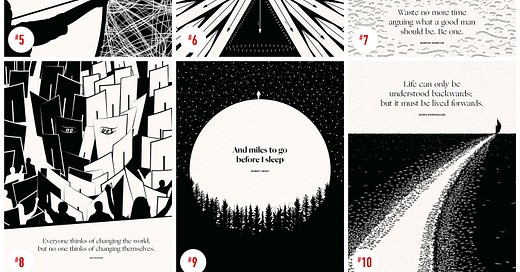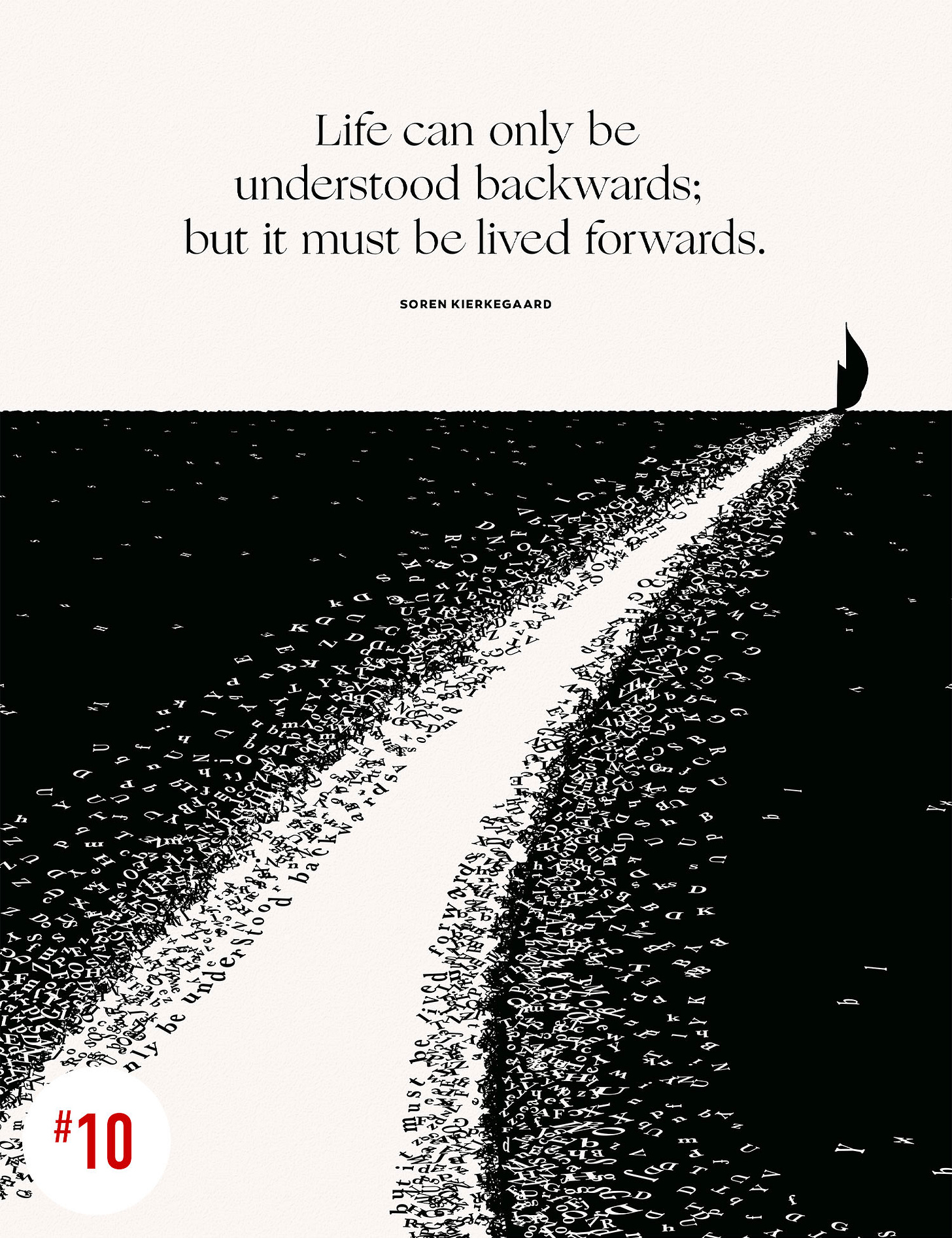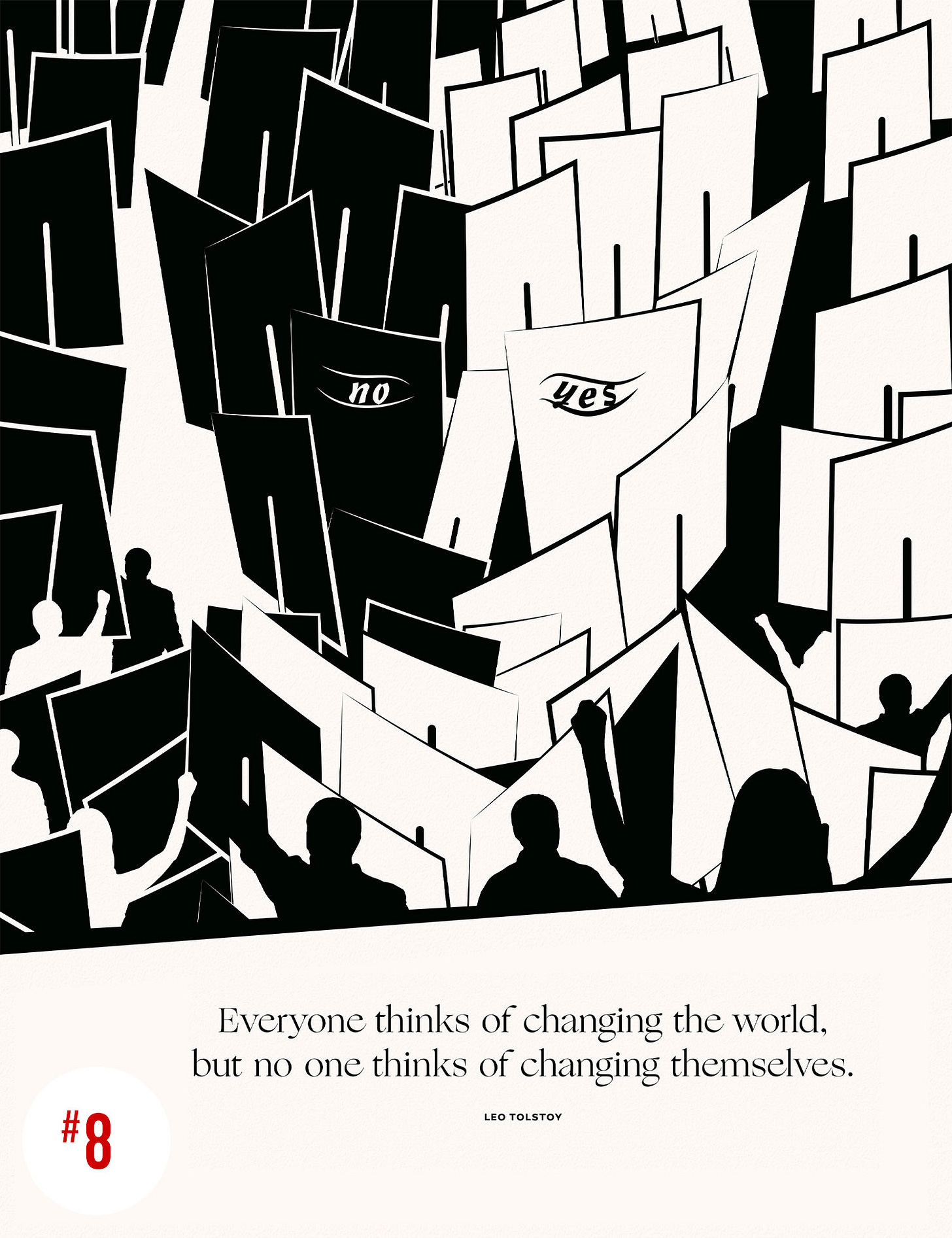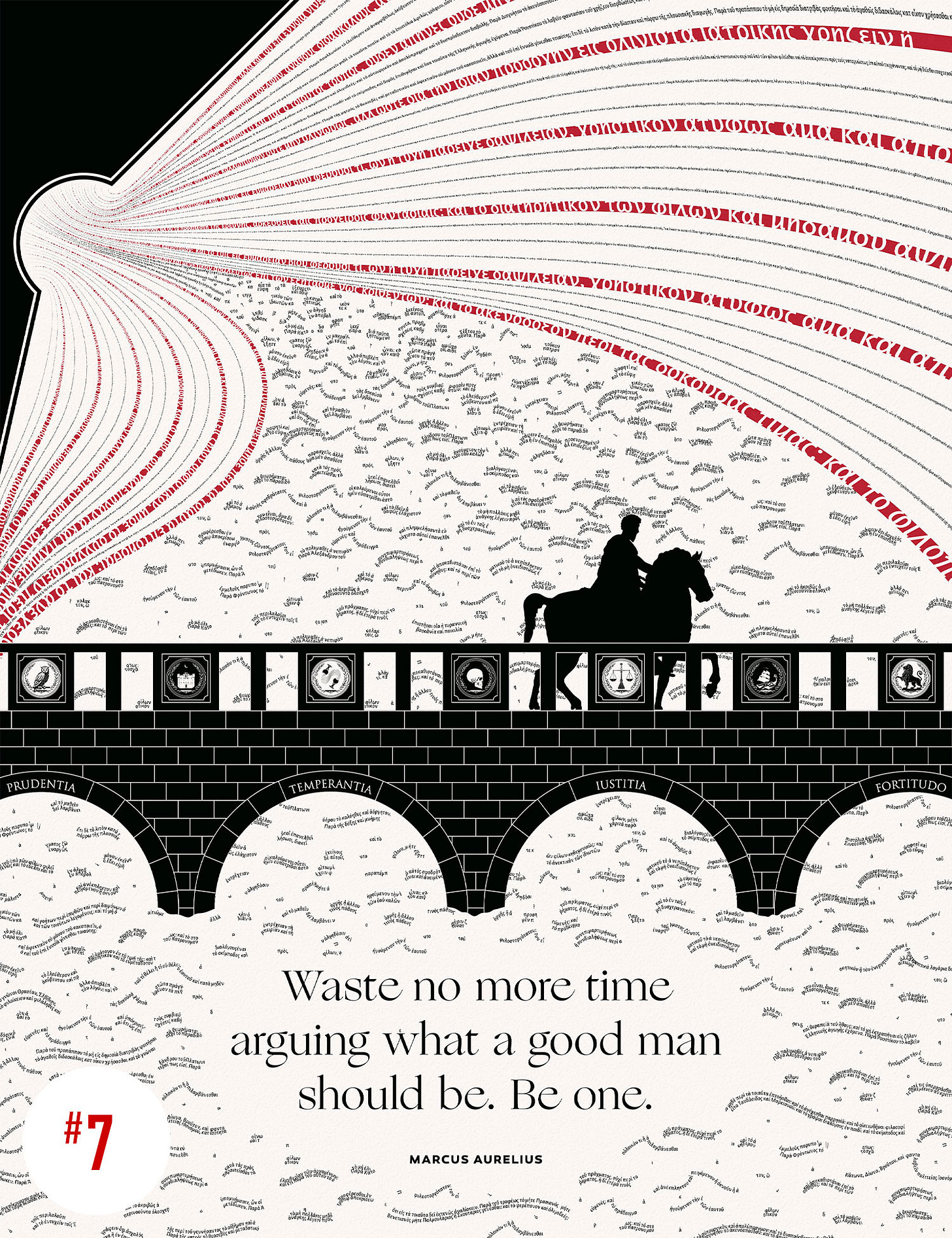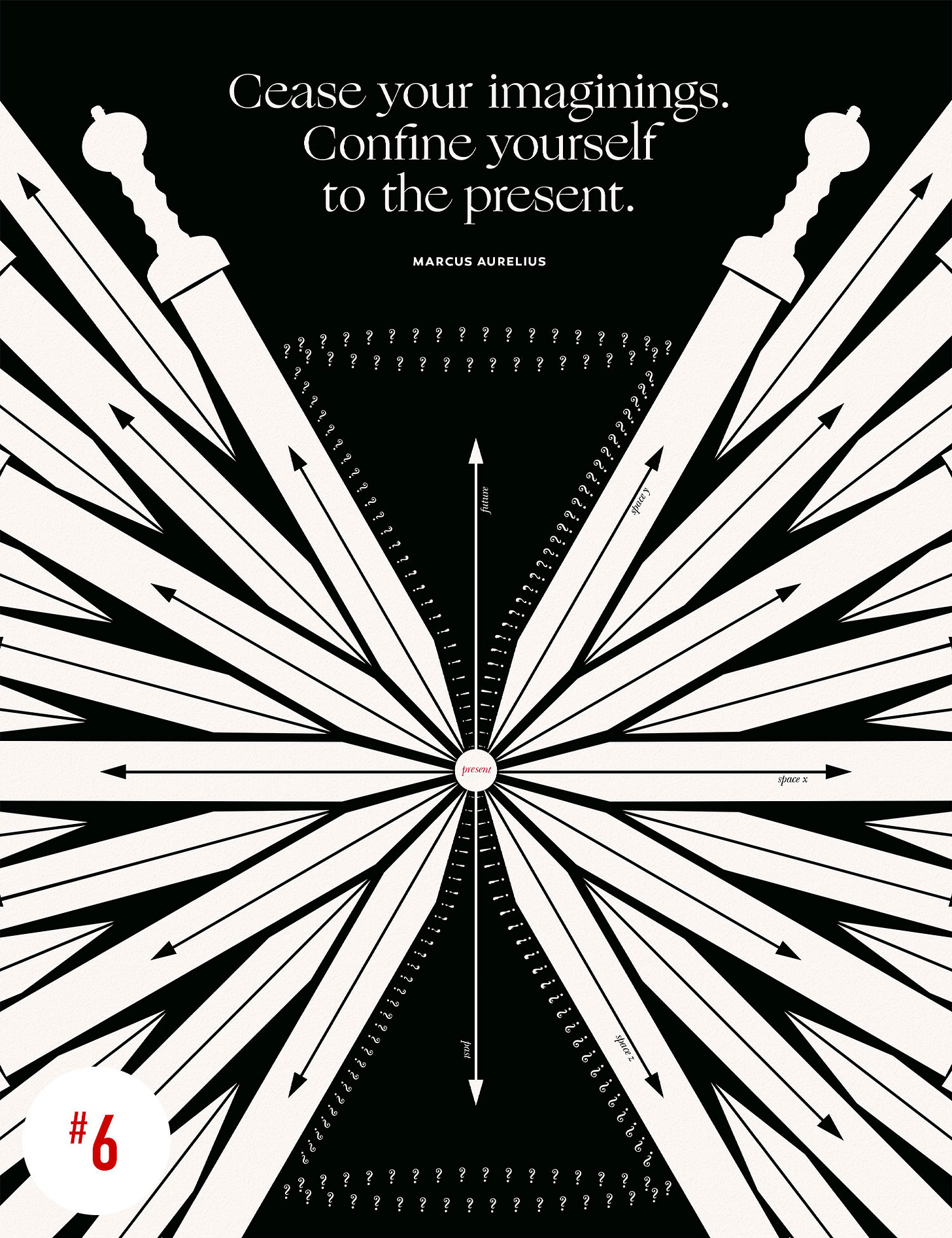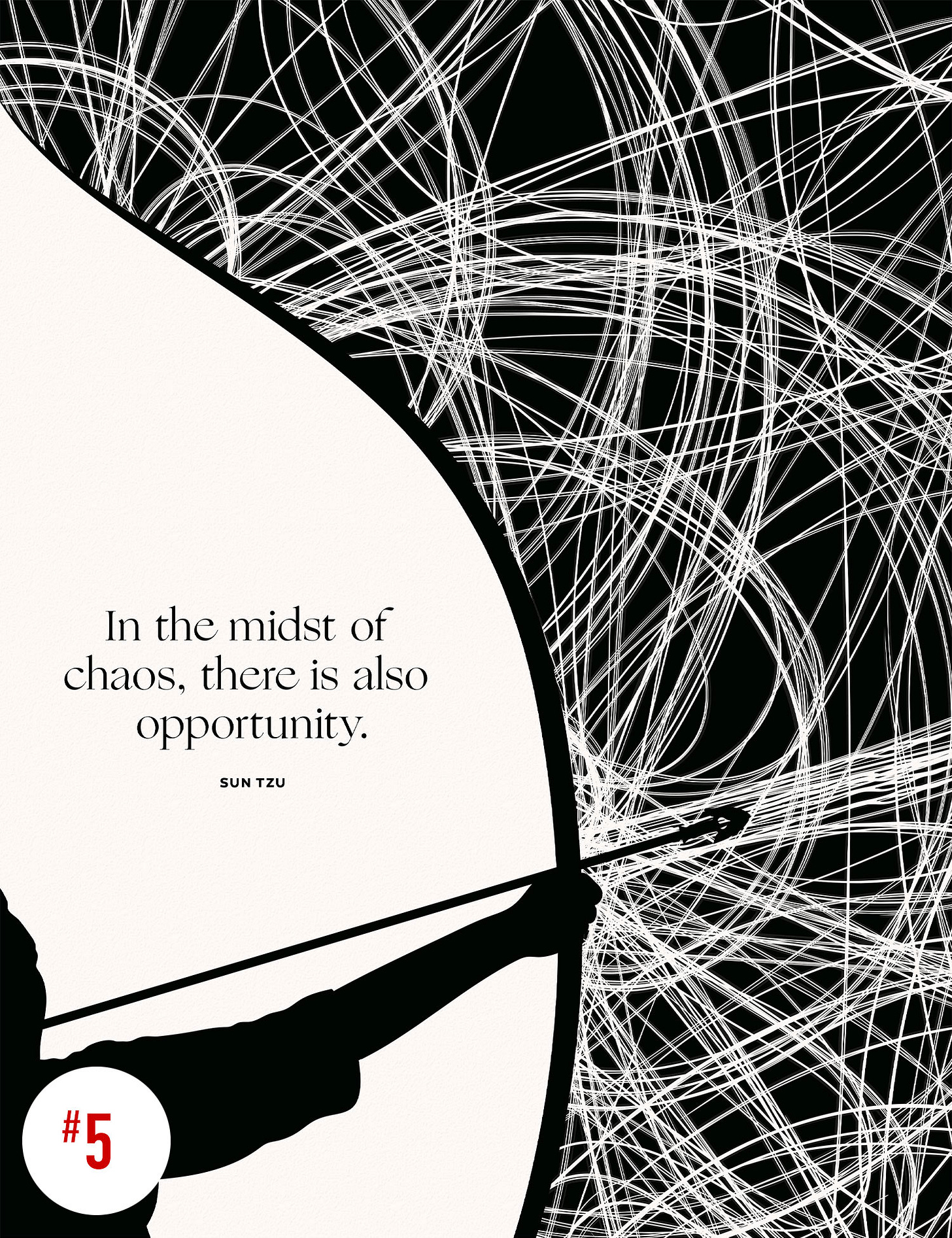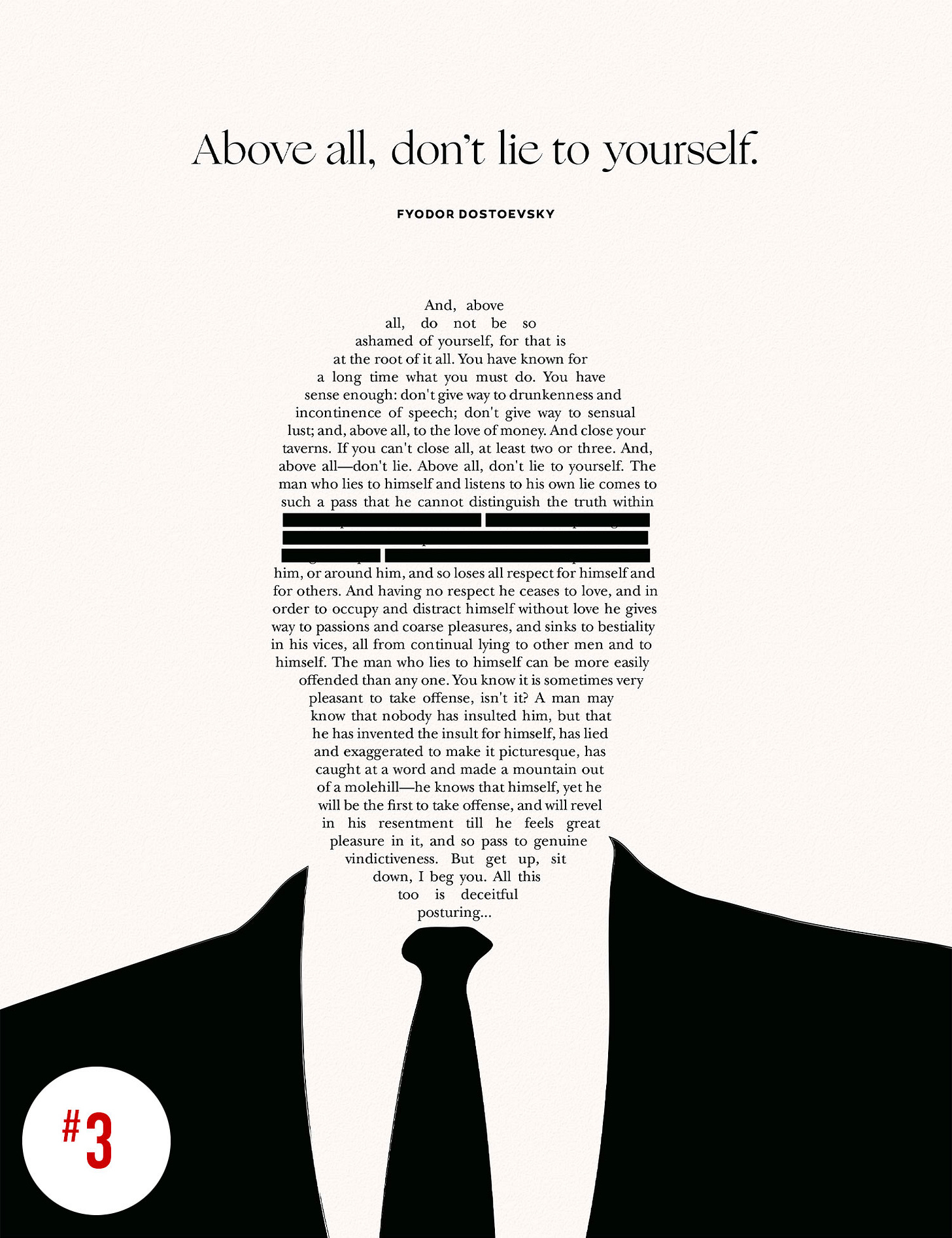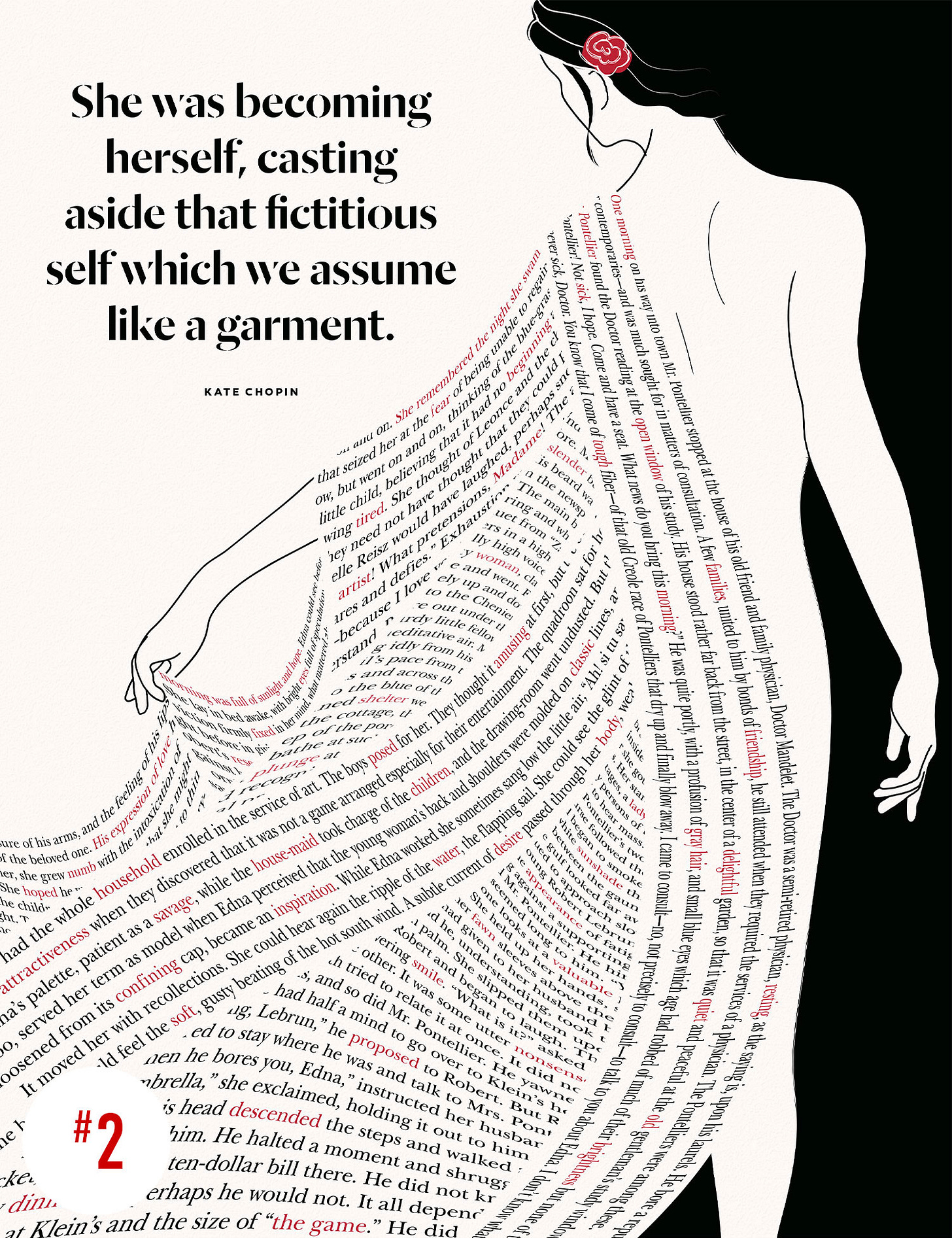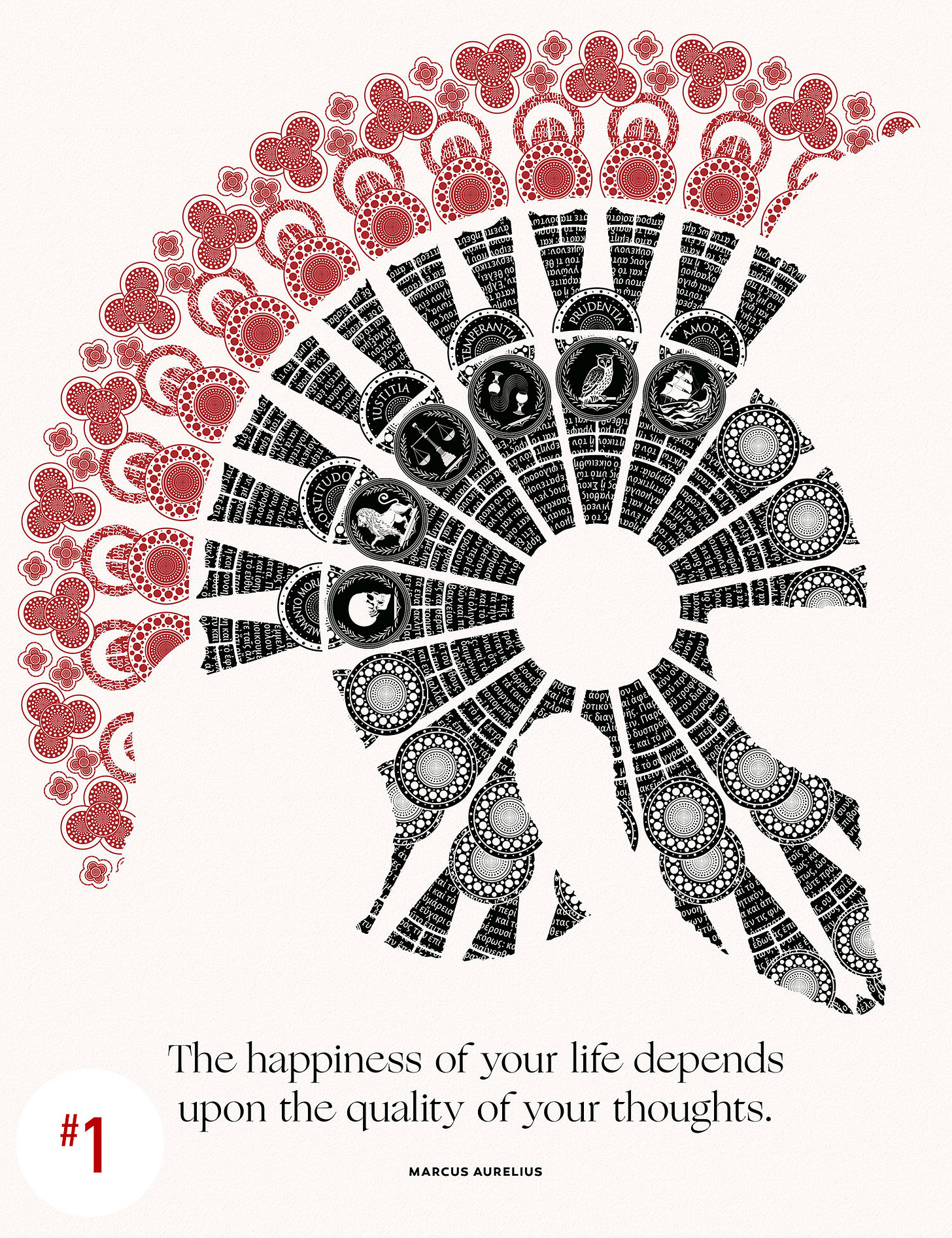Here’s the year in review! There were quite a few perennial favorites that continued to dominate the top ten, including Kate Chopin, Dostoevsky, Tolstoy and Frost. However, three new designs quickly ascended the ranks and became quite popular with you, all of them by (drum roll please…) Marcus Aurelius.
One of the joys of doing what I do is rediscovering fantastic literature, and Aurelius was no exception. As with anything worth reading, it was worth reading a second time, and Meditations hits quite differently at fifty than it did at twenty. Not gonna lie, there’s a mid-life crisis lurking in that book. Although maybe at fifty it’s in all the books, and I would have had the same ominous premonitions re-reading Calvin and Hobbes. After all, there’s little that can stir a young person from the default feeling that they will go on forever. Even the death I had experienced in my own family by age twenty somehow didn’t really penetrate deeper than the layer of “upsetting, tragic thing that is really upsetting and just so tragic for me.” But I suppose mortality is a strange, theoretical thing by its very nature. Sure, I know people who have died, but it has never happened to me personally. Not even once!
But here I am at fifty, and there’s a blister on my hand that just won’t heal. I got it raking leaves two long weeks ago, and yet there it remains, staring at me every morning, making me acutely aware of how much slower I am to heal. With two lopsided circles and a curved line beneath them, the scrape looks like a five-year-old made a smiley face in the crook of my hand, a little memento mori, a little grinning grim reaper scab-face smiling up at me. As Aurelius said, “Death smiles at us all. All a man can do is smile back.”
So I’ll smile back and look forward to the new year, which will bring a conclusion to my re-reading and reimagining of Meditations. Here we are on the rising cusp of the winter solstice, saying goodbye to the old sun-god and welcoming the rise of the new one. I wish you all a very very happy New Year!
#10 - Kierkegaard “Wake”
"Life can only be understood backwards; but it must be lived forwards." - Soren Kierkegaard
A ship ventures into unknown waters--a sea of illegible futures. Only in the wake it leaves behind can one make sense of its course and its meaning.
#9 - Robert Frost “Miles to Go”
"And miles to go before I sleep" - Robert Frost
The final line of Stopping by Woods on a Snowy Evening is repeated twice. The repetition implies a double meaning, both a literal and metaphorical journey to be taken. We wanted to capture both in our illustration.
#8 - Tolstoy “Change”
"Everyone thinks of changing the world, but no one thinks of changing themselves." - Leo Tolstoy
Two camps of protestors converge in a struggle to change each other’s minds. The composite clash takes the shape of a face, contemplating the many voices and issues at hand, leading to an act of thoughtful self-examination.
#7 - Aurelius “Bridge”
"Waste no more time arguing what a good man should be. Be one." - Marcus Aurelius
The voluminous text of Meditations spills out of an open book, forming a river of overwhelming concepts. A rider crosses the river over a bridge engraved with pictograms representing the four pillars of stoicism (Courage, Justice, Temperance and Wisdom) as well as three central stoic concepts: Memento Mori ("Remember Mortality"), Amor Fati ("Love Fate"), and the Inner Citadel.
#6 - Aurelius “Present”
"Cease your imaginings. Confine yourself to the present." - Marcus Aurelius
Two cones, future and past, taper to a central moment under an assault of imagined swords. The cones form the shape of an hourglass or if you want to get really nerdy, a Minkowski space-time diagram. The swords fall outside of the possible future and past paths, showing the pointlessness of idle worry, leaving the wide-open space of possibility that only focus can manifest.
#5 - Sun Tzu “Aim”
"In the midst of chaos, there is also opportunity." - Sun Tzu
How do you identify opportunity in the midst of chaos? Aim for it and go for it. In the illustration, we depict an archer aiming his or her bow, the curve of which defines the border between calm and chaos.
#4 - Nietzsche “Why”
"One who has a why can bear almost any how" - Nietzsche
Nietzsche's idea that hardship is not alleviated by reducing the burden of life, but by increasing our conviction to bear it with purpose strikes a chord. For the illustration, a constellation is depicted in the shape of a globe. The hand reaching across the star map reveals a figure who willingly bears the weight.
#3 - Dostoevsky “Don’t Lie”
"Above all, don't lie to yourself." - Fyodor Dostoevsky
From The Brothers Karamazov. This passage is so awesome, we included the entire excerpt in our design to provide context for Dostoevsky's stunning insight into personal responsibility. A face comprised of text has been partially redacted, creating a self-inflicted blindfold.
#2 - Chopin “Garment”
"She was becoming herself, casting aside that fictitious self which we assume like a garment." - Kate Chopin
This poignant quotation is from Chopin's beloved novel, "The Awakening,” and in our illustration, a woman slips off the words that once defined her. Kate Chopin was a feminist before her time. “The Awakening," which was published in 1899, was controversial and considered a failure. It wasn’t until the 1970s feminist movement that it became more widely read and recognized as a pioneering work in women’s literature.
#1 - Aurelius “Thoughts”
"The happiness of your life depends upon the quality of your thoughts." - Marcus Aurelius
The illustration draws inspiration from one of Notre Dame's stained glass rose windows, a fractured relic in the shape of a Roman Legionnaire's helmet. Like the stoic's ideal state of mind, stained glass is at once orderly and beautiful. Ideas radiate out from central first principles in a natural and inevitable succession of deductions and balancing forces. At the helmet's edge I added six pictograms, representing the four pillars of stoicism (Courage, Justice, Temperance and Wisdom) as well as two central stoic concepts: Memento Mori ("Remember Mortality"), and Amor Fati ("Love Fate").
Art by Evan Robertson. All rights reserved.


